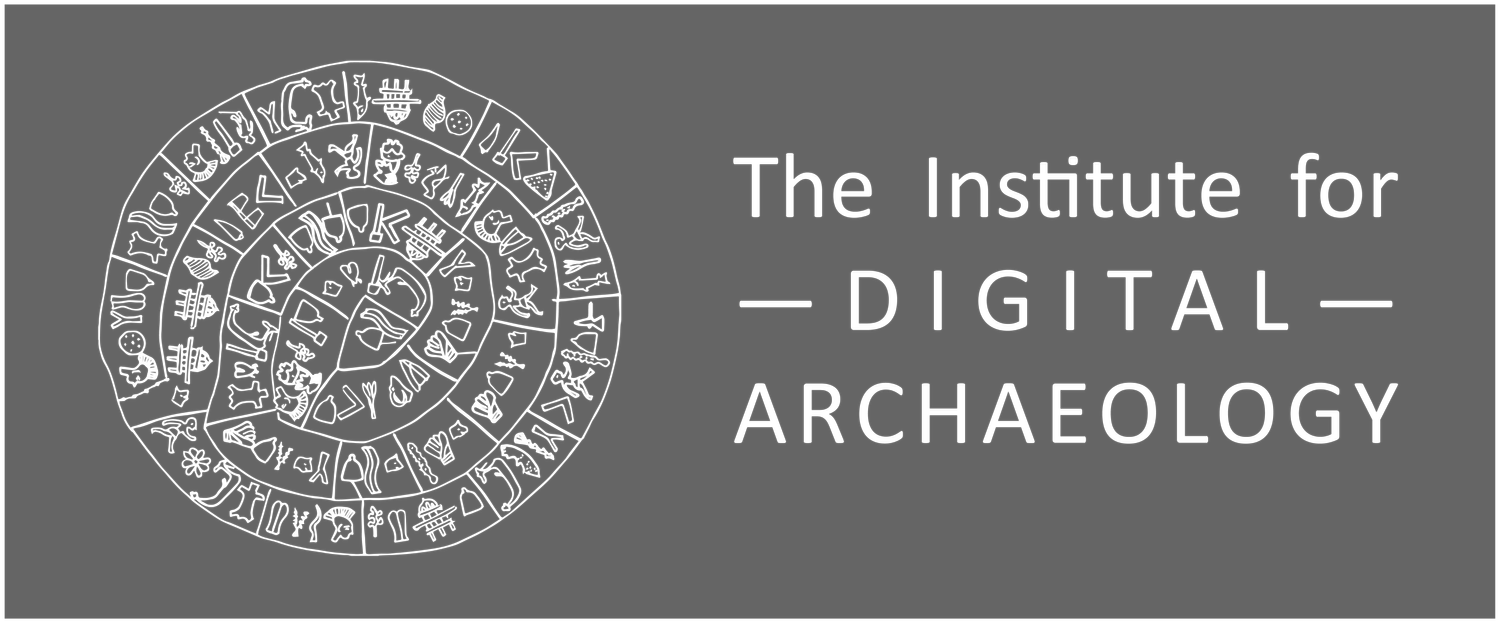Imaging in the Ancient Caves of Marsoulas
/by: Uxue Rambla Eguilaz
Last June the IDA in collaboration with NYU and the University of Toulouse organized an exciting imaging project at the cave of Marsoulas in south France. Although small (the cave is only fifty meters long and between four and one meters wide), the cave has very complex Palaeolithic panels with engraved and painted motifs superimposing themselves. And here it is where RTI comes into play: to help uncover subtle details to the naked eye.
View of the region nearby the cave of Marsoulas
The cave of Marsoulas, closed to the public to ensure its preservation, has been studied with both traditional techniques and the latest technology, including 3D imaging and RTI. The aims of the IDA project at Marsoulas were to image sections of different panels to see in the study of which areas within the cave RTI would be most helpful, to facilitate present and future research, and to assess how well can RTI work in the cave. Since RTI technology works best in flat surfaces, the sometimes uneven cave surfaces created more than one challenge. But what is a project without a challenge!
The processed images included sections of modern graffiti and engravings, part of a red-dotted panel, a small but complex group of bisons in an array of positions, and part of a big panel of both engraved and painted horses. The head of the iconic red-dotted bison was also imaged to see in more detail its incised and later painted eye, and its engraved horns. Furthermore, Marsoulas is filled with human representations, of which we imaged a small wall fragment depicting an intriguing frontal anthropomorphic figure with what seemed to be a bird’s peak. These images will now be used alongside other data for the still ongoing research of a cave where there is still plenty to discover.
Selecting the Panel
Uxue Rambla Eguilaz sets up the equipment
The Dotted Bison
Ben Altshuler Positions the flash in a tricky bit of the caves.






